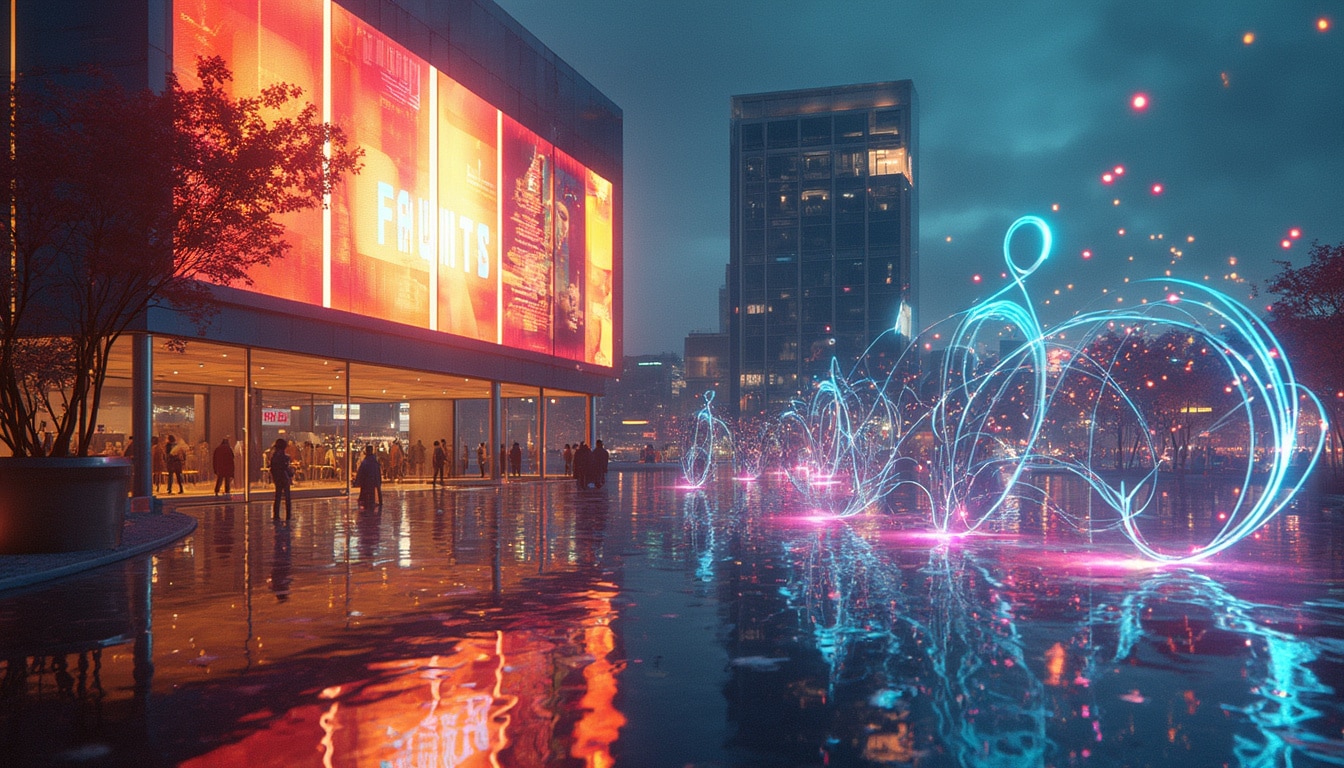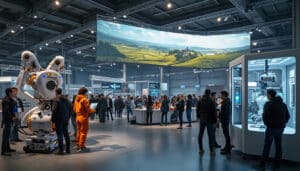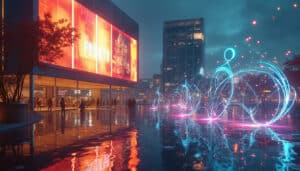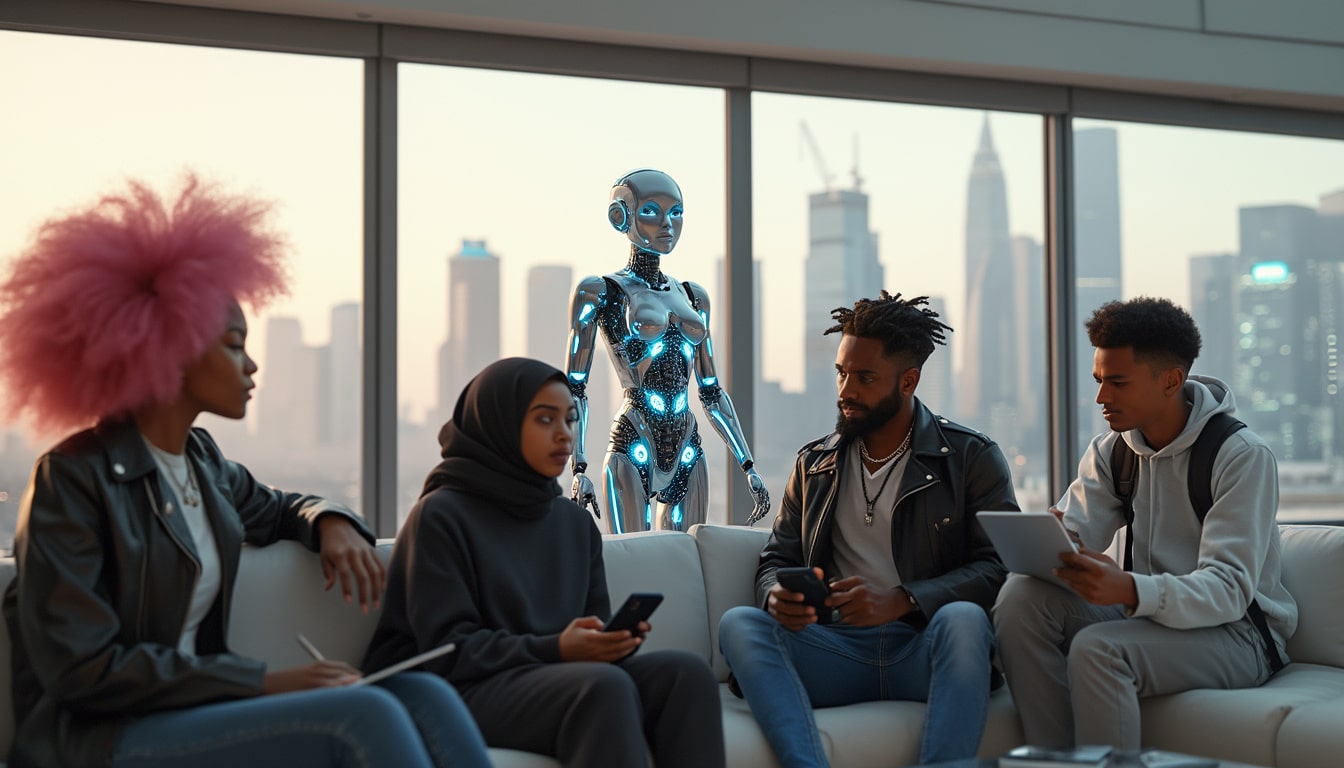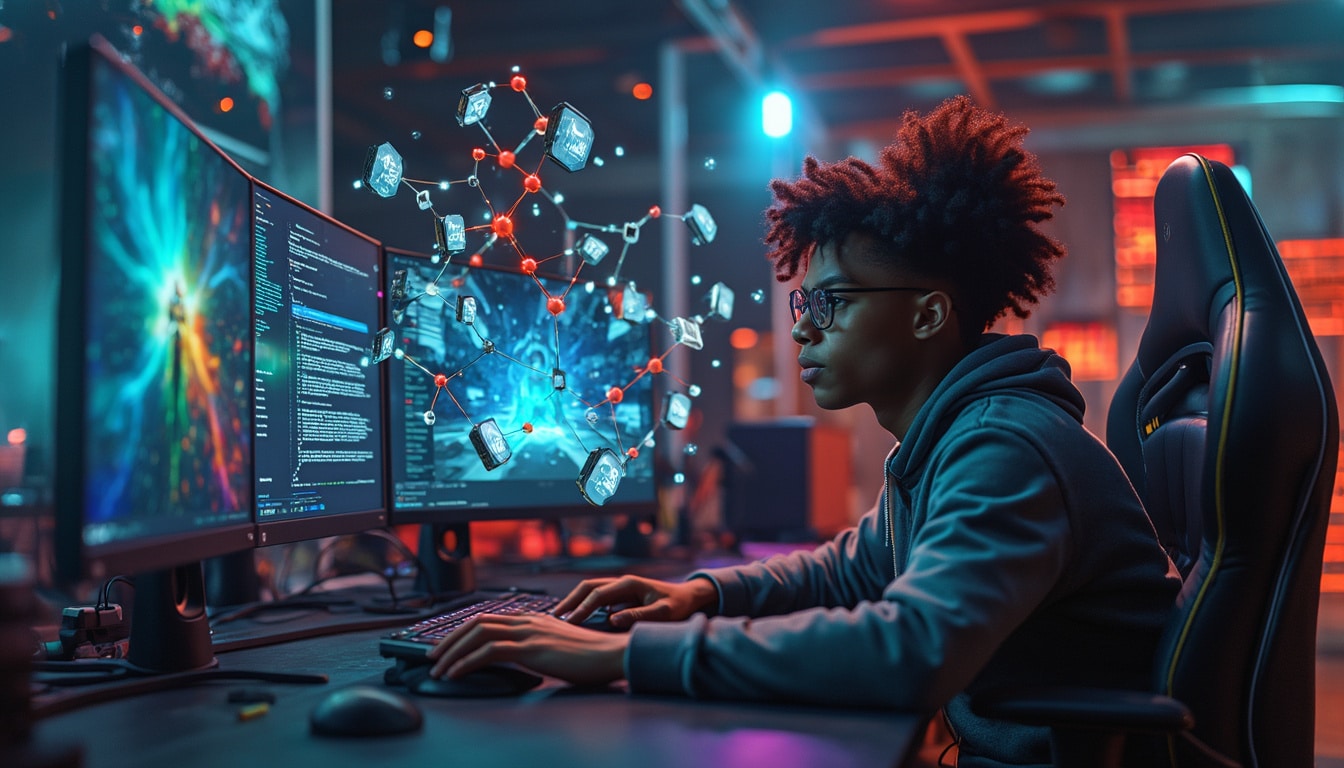Have you caught wind of Google’s latest AI releases like Veo 3, Imagen 4, or Flow?
If not, brace yourself because these tools are set to transform the music and film industries on an unprecedented scale.
Let’s dive into how these innovations are reshaping the creative landscape.
As the curtains fell on the 2025 Google I/O conference, the tech giant didn’t just make waves—it created a tsunami. Google is no longer merely competing with OpenAI, Microsoft, or Amazon in the conversational AI arena. Under the visionary leadership of Sundar Pichai, the company is ambitiously venturing into revolutionizing visual and audio content creation through artificial intelligence.
In essence, Google is setting its sights on the realms of cinema and music with its latest AI models: Veo 3, Imagen 4, Flow, and Lyria 2. These tools promise immersive multimedia experiences, moving beyond simple image and short video generation. Google’s goal is to establish itself as the leading multimedia studio 3.0 powered by AI, marking a significant shift as their search engine begins to face stiff competition from AI advancements.
Veo 3: Google’s Gateway to Cinema and Music
If you missed the spectacle of Google’s I/O, here’s the scoop: Veo 3 stole the spotlight by pushing AI capabilities beyond the ordinary. This powerhouse doesn’t just generate videos—it synchronizes sounds seamlessly. Imagine flawless audio-visual harmony with no glitches, making it feel like you’re watching a live performance. Veo 3 can even mimic urban soundscapes and bird songs, leaving competitors green with envy.
Veo 3 represents the pinnacle of multimodal AI, adept at handling multiple creative channels simultaneously. This model is the perfect blend for comprehensive audiovisual production. Do you already have a project in mind for Veo 3?
Flow: Storytelling 2.0 with AI
Another highlight from the event was Flow, a sophisticated AI tool combining Veo, Imagen, and Gemini. Essentially, Flow enables the construction of fluid and coherent narratives by considering characters, settings, and camera movements across multiple scenes. Its intuitive interface allows users to precisely control shots, scenes, and both visual and audio assets. Many attendees hailed Flow as a true AI-assisted director’s assistant for both film and music!
Imagen 4: Astonishing Visual Precision
Google also unveiled Imagen 4, the latest iteration of its image generator, at I/O 2025. Boasting unparalleled precision that surpasses even ChatGPT and Midjourney, Imagen 4 faithfully interprets prompts and integrates text into images with exceptional aesthetic quality. Whether you’re a professional seeking high-quality visuals or a hobbyist aiming to create text-infused imagery, Imagen 4 is your go-to tool.
Access is straightforward—log into Gemini or visit Google Slides & Docs. It’s also available on Google AI Studio and via Vertex AI for those preferring a mobile application.
Lyria 2: The Musical Revolution
To cap off the annual conference, Google introduced Lyria 2, a music engine integrated into the Music AI Sandbox platform. After making moves in cinema, Google aims to leave its mark on the music industry as well. What sets Lyria 2 apart is its ability to test musical compositions using AI. Staying innovative, Google also developed Lyria RealTime, an AI tool that allows live music creation with interactive sound control. Users have praised this tool for offering musicians and music lovers a dynamic way to integrate AI into their passions.
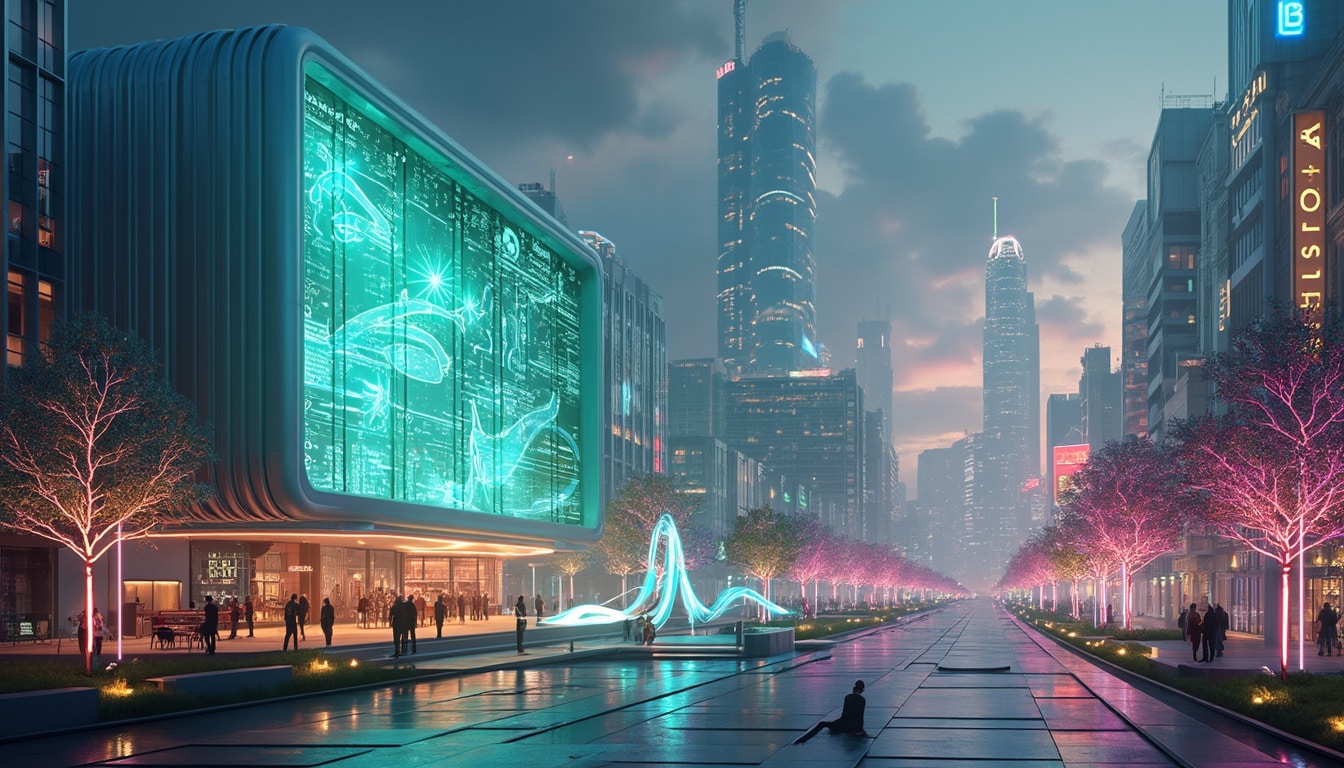
« `html
Table of contents
Toggleexploring google’s AI invasion into cinema and music
Google has always been a name synonymous with innovation, but their latest venture into the realms of cinema and music through advanced AI tools is nothing short of revolutionary. During the recent Google I/O 2025 conference, the tech giant unveiled a suite of AI-powered tools—Veo 3, Imagen 4, Flow, and Lyria 2—each designed to disrupt and enhance creative processes in unprecedented ways. But the burning question remains: are these tools truly safeguarding Google’s dominance in these creative industries, or are they opening new doors for competition and innovation?
how veo 3 is reshaping film and music production
Enter Veo 3, Google’s latest AI marvel that’s making waves in both the film and music industries. Unlike its predecessors, Veo 3 doesn’t just generate videos; it synchronizes sound impeccably, creating seamless audiovisual experiences that rival those produced by human creators. Imagine having an AI that can produce urban soundscapes or replicate the chirping of birds with such precision that it leaves even professional sound designers in awe. This level of multimodal AI integration means that filmmakers and musicians can bring their visions to life faster and more efficiently than ever before.
Moreover, Veo 3’s capabilities extend beyond mere production—it offers dynamic adaptability, allowing creators to tweak and refine their projects in real time. This is particularly beneficial for independent filmmakers and emerging artists who may not have access to large production teams. By lowering the barriers to high-quality content creation, Veo 3 not only cements Google’s presence in the market but also fosters a more inclusive creative ecosystem.
However, this technological leap isn’t without its challenges. The integration of AI in creative processes raises questions about originality and the role of human creativity. As studies warn about the potential misuse of AI, it’s crucial for Google to implement robust safeguards to ensure that tools like Veo 3 are used ethically and responsibly.
flow: the ultimate storytelling assistant
Next in the spotlight is Flow, an AI tool that combines the functionalities of Veo, Imagen, and Gemini to create a comprehensive storytelling assistant. Flow is designed to streamline the narrative development process by managing characters, settings, and camera movements across multiple scenes. This tool acts as a virtual assistant director, helping filmmakers and musicians craft cohesive and engaging stories with ease.
What sets Flow apart is its intuitive interface that allows users to experiment with different narrative structures without the need for extensive technical knowledge. By providing precise control over visual and auditory assets, Flow empowers creators to focus on their storytelling rather than getting bogged down by the technicalities of production.
In the context of work-life balance, Flow can significantly reduce the time and effort required to develop complex narratives, allowing creators to maintain their creative energy and avoid burnout. This balance is essential in sustaining long-term creativity and innovation within the industry.
imagen 4: pushing the boundaries of visual precision
Imagen 4 is Google’s enhanced image generation tool that takes visual content creation to new heights. With an unparalleled level of precision, Imagen 4 surpasses other tools like ChatGPT and Midjourney in accurately translating textual prompts into stunning visual representations. Whether it’s for professional graphic designers or casual content creators, Imagen 4 offers an aesthetic quality that is both high and faithful to the original vision.
This tool’s ability to integrate text and images seamlessly makes it invaluable for creating compelling multimedia content. For instance, marketers can craft visually appealing advertisements, while educators can develop engaging instructional materials with ease. Additionally, Imagen 4’s compatibility with platforms like Google Slides & Docs and Google AI Studio ensures that users can access and utilize the tool across various applications, enhancing its versatility and reach.
On a related note, concerns about AI-generated content include the potential for deepfake creations, which can be both illegal and harmful. Google must continue to refine its algorithms and implement strict usage guidelines to prevent misuse, ensuring that tools like Imagen 4 contribute positively to the creative landscape.
lyria 2: revolutionizing the music scene with AI
No discussion about Google’s AI tools in the creative industries would be complete without mentioning Lyria 2. This sophisticated musical engine, integrated into Google’s Music AI Sandbox platform, is set to transform the way music is composed and experienced. Lyria 2 allows users to experiment with AI-generated compositions, offering endless possibilities for musical creativity.
One of the standout features of Lyria 2 is its real-time music creation capability, known as Lyria RealTime. This tool provides interactive sound control, enabling musicians to compose and modify music on the fly. Such functionality is a game-changer for live performances and studio recordings, offering a level of flexibility and creativity that was previously unattainable.
Additionally, Lyria 2’s integration with other Google AI tools means that it can collaborate seamlessly with Veo 3 and Flow, creating a unified ecosystem for multimedia content creation. This interconnectedness not only enhances the user experience but also solidifies Google’s position as a leader in AI-driven creative tools. Nevertheless, as with any powerful technology, the potential for misuse exists. It’s imperative that Google continues to develop ethical guidelines and monitoring systems to ensure Lyria 2 is used responsibly.
are these AI tools truly safeguarding Google’s domain?
While Google’s suite of AI tools undoubtedly strengthens its foothold in the cinema and music industries, it’s essential to consider whether these tools are effectively safeguarding the company’s domain against emerging competitors and potential disruptions. The rapid advancement of AI technology means that staying ahead requires continuous innovation and adaptability.
One of the key factors in safeguarding dominance is fostering a community of creators who rely on these tools for their projects. Google’s emphasis on accessibility and integration across various platforms helps in building a loyal user base. Moreover, by addressing ethical concerns and implementing robust safety measures, Google can maintain trust and reliability among its users.
However, the tech landscape is highly competitive, with companies like Adobe, Apple, and emerging startups continuously developing their own AI-powered creative tools. To truly safeguard its domain, Google must not only innovate but also anticipate and respond to the needs and challenges of the creative community. This includes offering superior user experiences, maintaining high standards of quality, and ensuring that their tools remain relevant and indispensable in the ever-evolving fields of cinema and music.
the ethical landscape of AI in creative industries
As Google pushes the boundaries of AI in creative domains, the ethical implications cannot be overlooked. The potential for AI to generate content that is indistinguishable from human-created work raises important questions about authorship, intellectual property, and the future of creative professions. Additionally, the misuse of AI tools for creating deepfakes or other harmful content poses significant risks that Google must address proactively.
Implementing stringent guidelines and monitoring systems is crucial in mitigating these risks. Google’s commitment to ethical AI development involves not only technological safeguards but also collaboration with policymakers, industry experts, and the creative community to establish best practices. By prioritizing ethical considerations, Google can ensure that its AI tools contribute positively to the creative landscape while minimizing potential harms.
For example, the introduction of the Take It Down Act reflects broader societal efforts to regulate AI-generated content. Google’s proactive engagement with such legislative measures can help shape a future where AI enhances creativity without compromising ethical standards.
the future of AI in cinema and music: opportunities and challenges
Looking ahead, the integration of AI in cinema and music presents a multitude of opportunities and challenges. On one hand, AI tools like Veo 3, Imagen 4, Flow, and Lyria 2 can democratize content creation, enabling a broader range of voices and ideas to flourish. This democratization can lead to a more diverse and vibrant creative ecosystem, where innovation thrives, and new genres and styles emerge.
On the other hand, the increased reliance on AI raises concerns about job displacement and the erosion of traditional creative skills. As AI takes on more responsibilities in the creative process, there is a risk that human creativity may be undervalued or overshadowed. Balancing the use of AI with the preservation of human artistic expression is a challenge that the industry must navigate carefully.
Additionally, the environmental impact of running large-scale AI models is a growing concern. The energy consumption associated with training and deploying AI tools like those developed by Google needs to be addressed to ensure that the pursuit of innovation does not come at the expense of sustainability.
Despite these challenges, the potential benefits of AI in cinema and music are immense. By enhancing creative capabilities, streamlining production processes, and fostering collaboration, AI can lead to a new era of artistic achievement. Google’s role in this transformation is pivotal, and how they manage the interplay between technology, ethics, and creativity will determine the long-term impact of their AI tools on these industries.
case studies: successful implementations of Google’s AI tools
To better understand the impact of Google’s AI tools, let’s explore some real-world case studies where these technologies have been successfully implemented. These examples demonstrate how Veo 3, Imagen 4, Flow, and Lyria 2 are transforming the creative process and delivering tangible benefits to creators.
Case Study 1: Independent Filmmaking with Veo 3
An independent filmmaker used Veo 3 to produce a short film with a limited budget. By leveraging Veo 3’s synchronized video and audio generation capabilities, the filmmaker was able to create high-quality scenes without the need for an extensive crew or expensive equipment. The result was a visually and sonically compelling film that garnered attention at several film festivals, highlighting how AI can democratize the filmmaking process.
Case Study 2: Music Production with Lyria 2
A budding musician utilized Lyria 2 to experiment with different musical compositions. By using Lyria RealTime, the musician was able to interactively compose and modify tracks during live performances, creating a unique and engaging experience for the audience. This case underscores the potential of AI in enhancing musical creativity and performance.
Case Study 3: Visual Content Creation with Imagen 4
A digital marketing agency employed Imagen 4 to generate visually stunning graphics for their clients’ campaigns. The tool’s ability to accurately translate textual prompts into high-quality images allowed the agency to produce customized content quickly and efficiently, thereby increasing their productivity and client satisfaction.
These case studies illustrate the practical applications of Google’s AI tools and their ability to empower creators across various domains. By providing accessible and powerful tools, Google is not only safeguarding its domain in cinema and music but also fostering a community of innovative and empowered creators.


